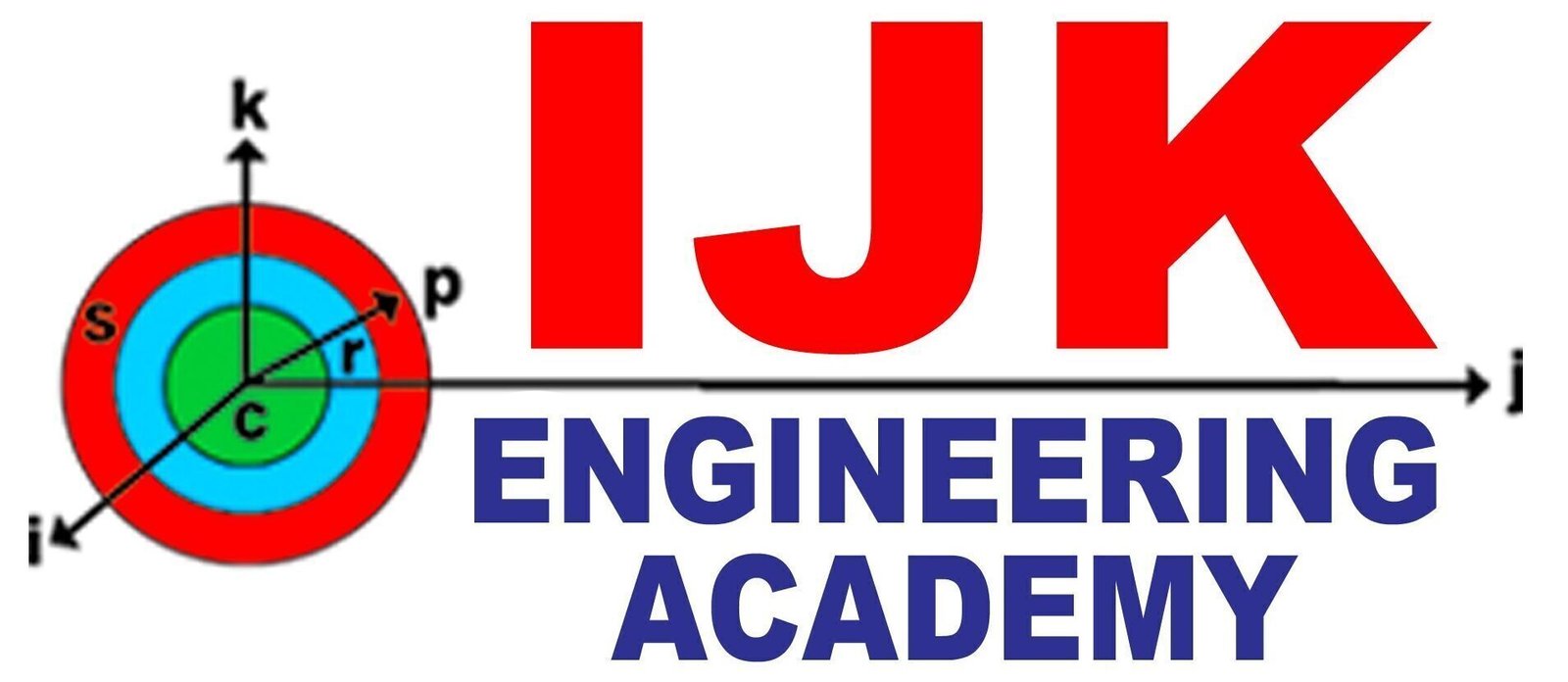PYTHON-PROGRAMMING
About Course
Python is a high-level, versatile, and easy-to-learn programming language that has gained immense popularity in various fields, including web development, data analysis, scientific research, automation, artificial intelligence, and more. It was created by Guido van Rossum and first released in 1991.
Here are some key characteristics and concepts to know about Python:
1. **Readability and Simplicity:** Python’s syntax emphasizes code readability, which makes it easier for programmers to express their ideas in a clear and concise manner. The use of indentation (whitespace) is a distinctive feature of Python and is used to delimit blocks of code.
2. **Interpreted Language:** Python is an interpreted language, which means you can write and run your code directly without needing a separate compilation step. This makes development and testing faster.
3. **Dynamically Typed:** Python is dynamically typed, which means you don’t need to declare the type of a variable explicitly. The interpreter infers the type based on the value assigned to it.
4. **Multi-paradigm:** Python supports multiple programming paradigms, including procedural, object-oriented, and functional programming. This flexibility allows developers to choose the approach that suits their needs.
5. **Vast Standard Library:** Python comes with an extensive standard library that provides ready-to-use modules and functions for various tasks, such as working with files, networking, and more. This reduces the need to reinvent the wheel and accelerates development.
6. **Third-Party Packages:** Python has a rich ecosystem of third-party libraries and packages that extend its functionality. Libraries like NumPy, pandas, TensorFlow, and Django are widely used in specific domains.
7. **Indentation:** Unlike many other programming languages that use braces or keywords to denote blocks of code, Python uses indentation. This enforces consistent and readable code, but it also requires attention to proper indentation.
8. **Cross-Platform:** Python is available on multiple platforms, including Windows, macOS, and various Linux distributions, making it highly portable.
To get started with Python, you need to install the Python interpreter on your computer. You can download it from the official Python website (https://www.python.org/). Once installed, you can use an integrated development environment (IDE) like Visual Studio Code, PyCharm, or Jupyter Notebook to write and run Python code.
A simple “Hello, World!” program in Python looks like this:
“`python
print(“Hello, World!”)
“`
This is just a brief overview of Python’s features and concepts. As you progress, you’ll learn more about variables, data types, control structures, functions, classes, and various libraries that will enable you to accomplish a wide range of tasks. Feel free to ask if you have specific questions or if there’s something specific you’d like to learn more about!



